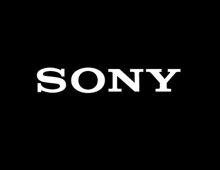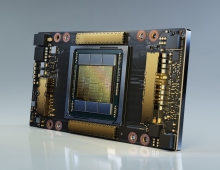
Google AI System Could Used to Detect Breast Cancer Detection
A Google artificial intelligence system proved as good as expert radiologists at detecting which women had breast cancer based on screening mammograms.
Screening mammography aims to identify breast cancer before symptoms appear, enabling earlier therapy for more treatable disease. Despite the existence of screening programs worldwide, interpretation of these images suffers from suboptimal rates of false positives and false negatives.
Radiologists miss about 20% of breast cancers in mammograms, the American Cancer Society says, and half of all women who get the screenings over a 10-year period have a false positive result.
According to a study published in the journal Nature on Wednesday, Alphabet Inc’s DeepMind AI unit developed a system that could help early detection of breast cancer.
A team of researchers at Imperial College London and Britain’s National Health Service trained the AI system to identify breast cancers on tens of thousands of mammograms.
The researchers compared the system’s performance with the actual results from a set of 25,856 mammograms in the United Kingdom and 3,097 from the United States.
The study showed the AI system could identify cancers with a similar degree of accuracy to expert radiologists, while reducing the number of false positive results by 5.7% in the U.S.-based group and by 1.2% in the British-based group.
It also cut the number of false negatives, where tests are wrongly classified as normal, by 9.4% in the U.S. group, and by 2.7% in the British group.
These differences reflect the ways in which mammograms are read. In the United States, only one radiologist reads the results and the tests are done every one to two years. In Britain, the tests are done every three years, and each is read by two radiologists. When they disagree, a third is consulted.
In a separate test, the group pitted the AI system against six radiologists and found it outperformed them at accurately detecting breast cancers.
The study has some limitations. Most of the tests were done using the same type of imaging equipment, and the U.S. group contained a lot of patients with confirmed breast cancers.





















